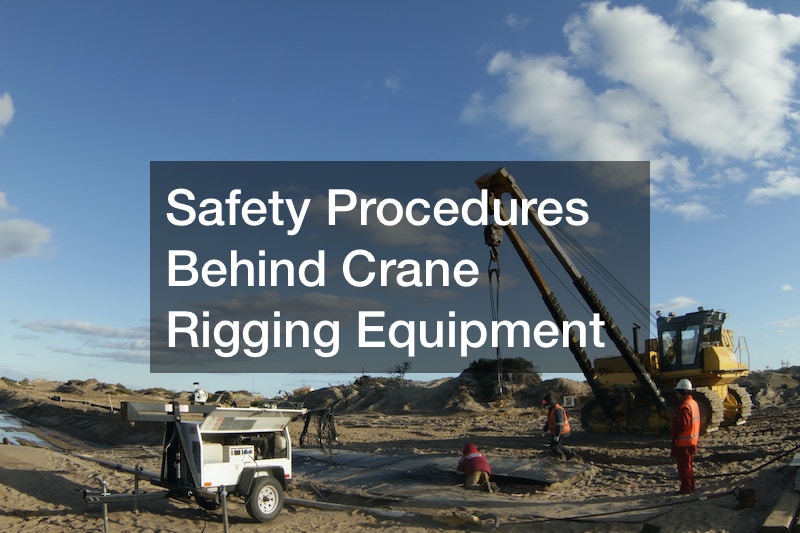
Safety Procedures Behind Crane Rigging Equipment

Ensuring the safety and reliability of crane rigging equipment is paramount for any workplace involving lifting and rigging operations. Adherence to manufacturer instructions is the foundational safety measure, with a strict emphasis on proper use, maintenance, and inspection before each shift. Any identified defects or damage beyond acceptable limits must lead to the immediate removal of the equipment from service, to be handled by qualified professionals.
The use of commercially manufactured crane rigging components is a non-negotiable safety standard. Rigging blocks and pulleys must meet engineering certifications and comply with various standards, with makeshift components strictly prohibited.
This ensures the integrity and reliability of the entire rigging system, preventing potential hazards.
Workers engaged in hoisting and rigging play a critical role in maintaining safety. Careful consideration is required when selecting and using slings, which are categorized into chain slings, wire rope slings, and web slings. Chain slings necessitate thorough visual inspections, focusing on signs of wear, damage, or potential weaknesses.
Furthermore, the importance of protecting wire rope and chain slings with softeners or blocking during use at corners or bends is highlighted. The regular inspection of wire ropes for issues such as kinks, broken wires, abrasion, corrosion, and stretching is crucial. Understanding when wire ropes must be removed from service due to wear or damage ensures a proactive approach to safety in crane rigging equipment operations.
.





